These days I was fortunate enough to get a 40-inch Hisense 4K TV, but when I turned on, I felt that this 4K TV was not surprising at all. The picture always had a feeling of lack of fullness. After I took a closer look, I found the picture with white dots. It seems that This is the legendary “pseudo-4Kâ€. In the spirit of seeing the nature through the phenomenon, first of all, a high-definition confession is made for the authenticity of the TV 4K, and the new and old LCDs with the production date separated by 7 years will come next. Unfair duel.
One, 4K screen identification:
Current 4K display types are generally divided into RGB 4K and RGBW4K, but most low-cost 4K TVs basically use RGBW 4K. The RGBW4K panel is slightly different from the traditional 4K panel. In addition to the RGB pixels, an additional pixel, white (W), is added. With the increase of sub-pixels, RGBW4K panels can also achieve higher resolution. Samsung Electronics refers to its RGBW panel as GreenUHD and LGDisplay as G+UHD.
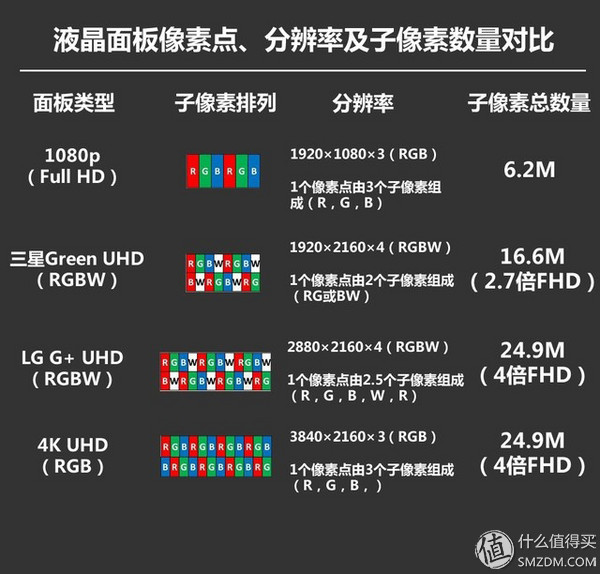
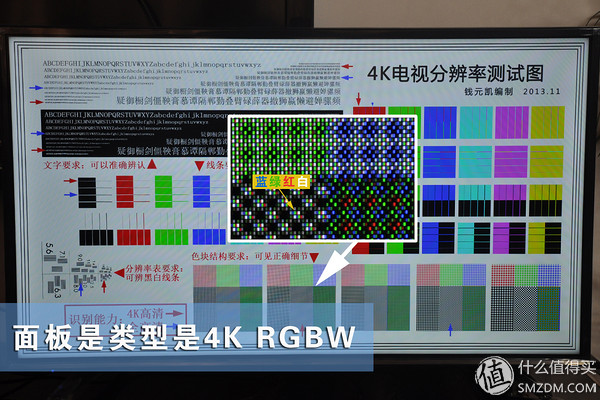
Hisense's 4K display uses a SLR camera to clearly see the white sub-pixels, showing a blue-green red and white array.
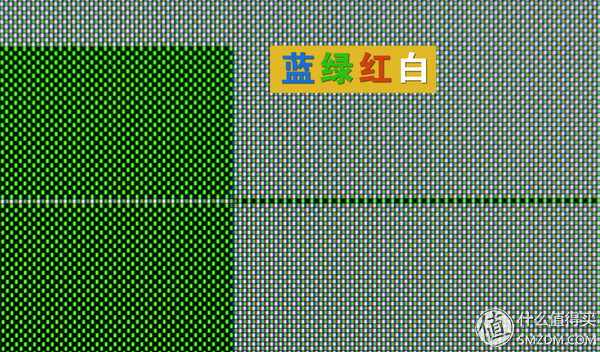
Although the number of sub-pixels in the RGBW panel is comparable to a true RGB array of 4K panels, due to the influence of white pixels, the purity of the screen colors will be affected. That is, we usually say that red is not red and blue is not enough. In the case of blue, the second is that although the number of sub-pixels increases, the number of independent pixels formed by the sub-pixels still cannot be compared with the real 4K panel. Therefore, there are certain flaws in the exquisiteness of the screen. So when you watch RGBW's 4K TV at close range, you will find that the tiny white dots are interspersed throughout the picture, resulting in a slightly rough picture.
Two-and-seven year itch matchup:
The Sony TVs currently in use at home are all purchased 7 years ago. Sony's 40-inch W5500 and 1080P resolutions have a gap between them. It's better than not knowing that one is more shocking. Although Sony TV is now on the second-hand recycling site to assess the price of less than 200 yuan, and nearly 2,000 yuan Hisense 40-inch 4K display is clearly unfair, but the comparison of many aspects, in addition to not support H265 decoding and low resolution In addition, Sony is still superior in most cases.
1. Comparison of viewing angles. Although the height of the two bases is slightly different, the overall comparison of the viewing angles of the two has no effect. From the comparison chart, Sony's viewing angle is significantly better than Hisense.
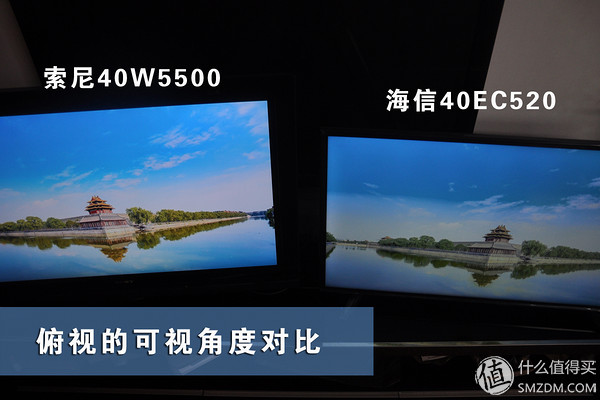
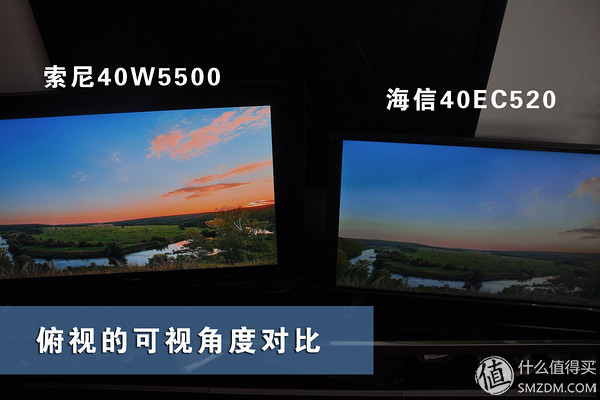
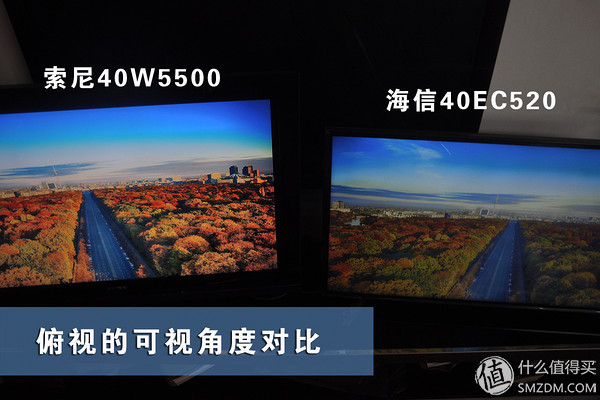
2, the color contrast. Sony's default color is bright, and MMS's default color is blue. Sony excels in displaying human skin and green plants.
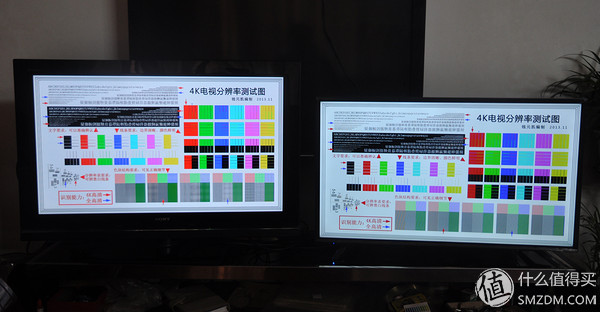
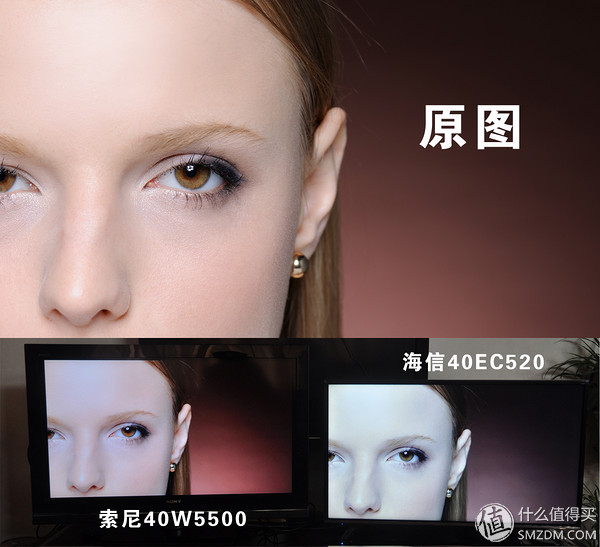
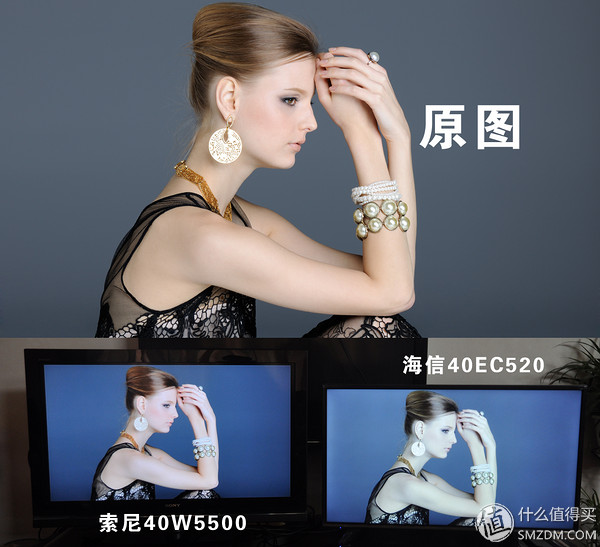
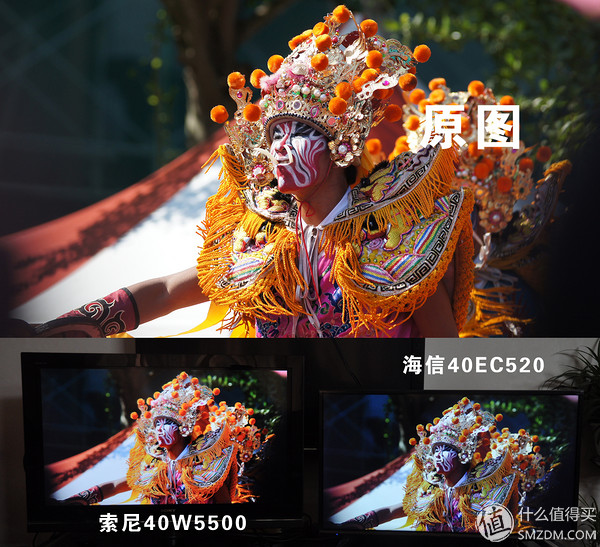
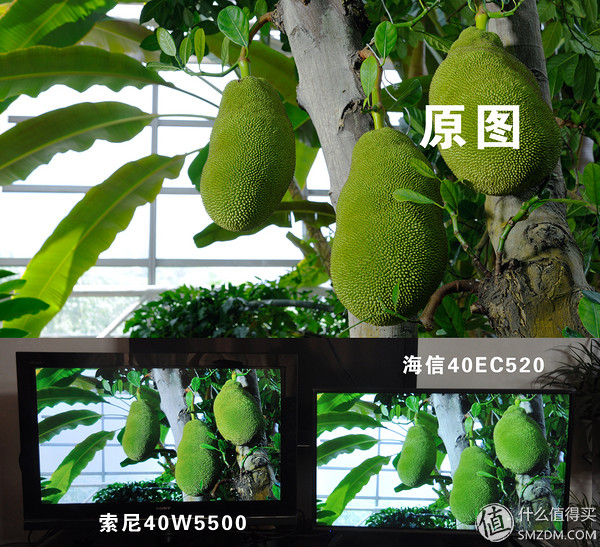
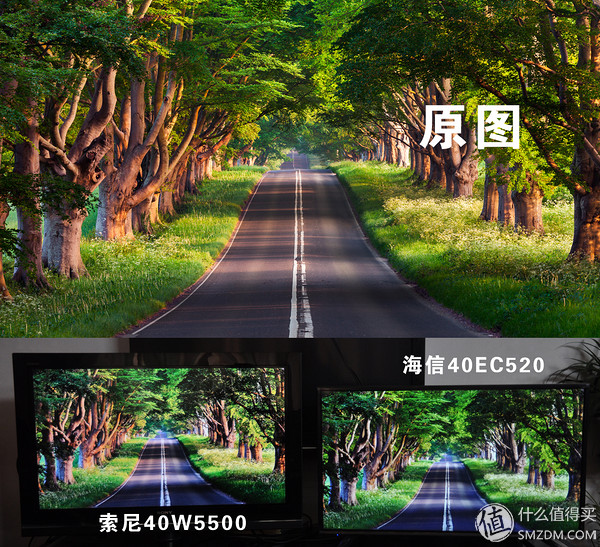
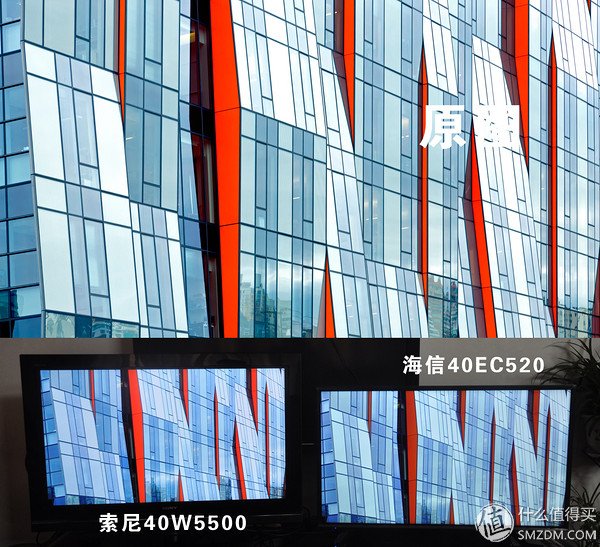
3, the details of the comparison. Since he sees Hisense more closely than Sony, he can display more details (Sony uses 2K images) when viewing 4K images within 0.5 meters. However, at normal viewing distances, Sony is better than Hisense Grayscale and shows more details.
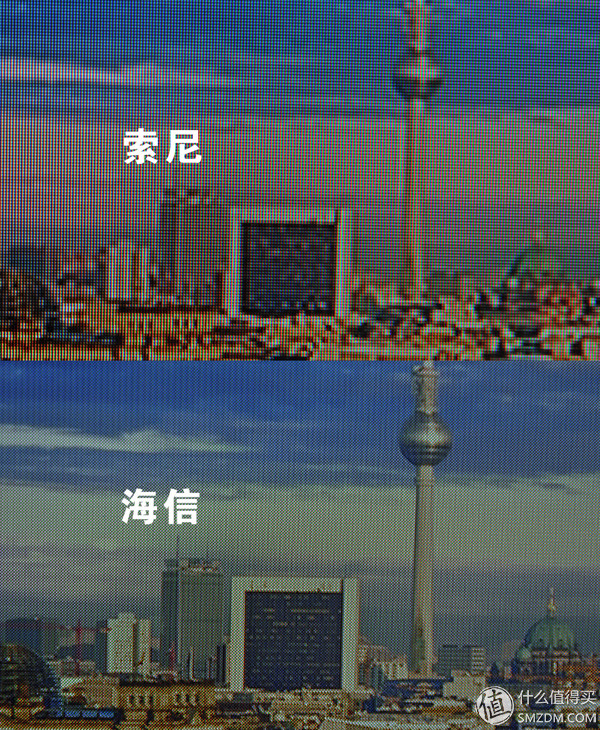
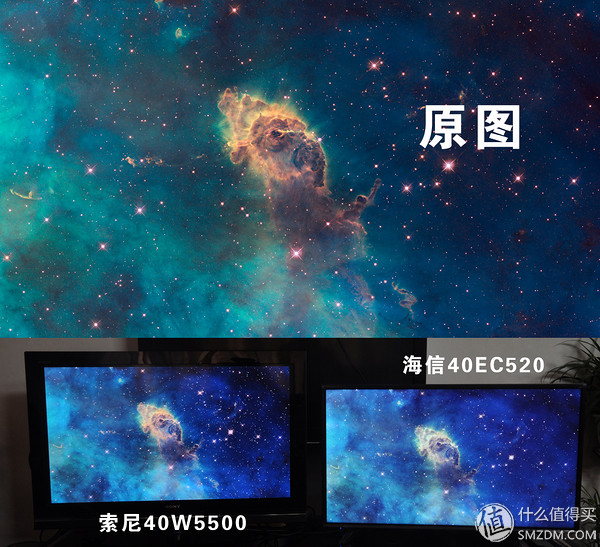
Shenzhen Xcool Vapor Technology Co.,Ltd , http://www.xcoolvapor.com